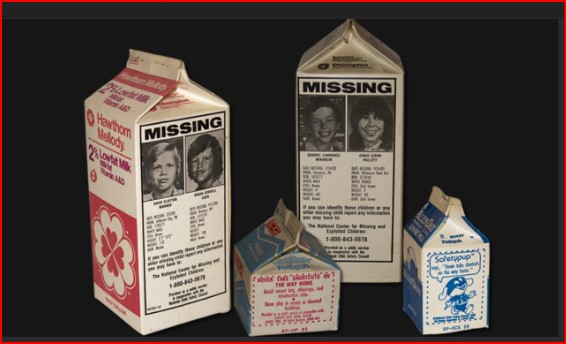A federal appeals court has ruled that Pedro Hernandez, the man convicted of killing six-year-old Etan Patz, may be retried or released, reopening a case that launched a national movement around the “missing milk carton children.”
Etan Patz disappeared in May 1979 as he walked alone to his school bus stop in New York City—a moment that triggered widespread fear among American parents and helped catalyze the missing children’s movement.
His was one of the first faces featured on milk cartons across the U.S., becoming a symbol of child abduction awareness.
Etan Patz and the Missing Milk Carton Children
Anderson Erickson Dairy in Des Moines, Iowa, printed the faces of two missing boys, Johnny Gosch and Eugene Martin, on their milk cartons. It aimed to engage the community in the search for these children, who had gone missing while delivering newspapers.
The milk carton initiative highlighted the community’s role in protecting children and the ongoing efforts to locate missing individuals.
The case remained a haunting mystery until a break came in 2012 when Pedro Hernandez confessed to the killing.



